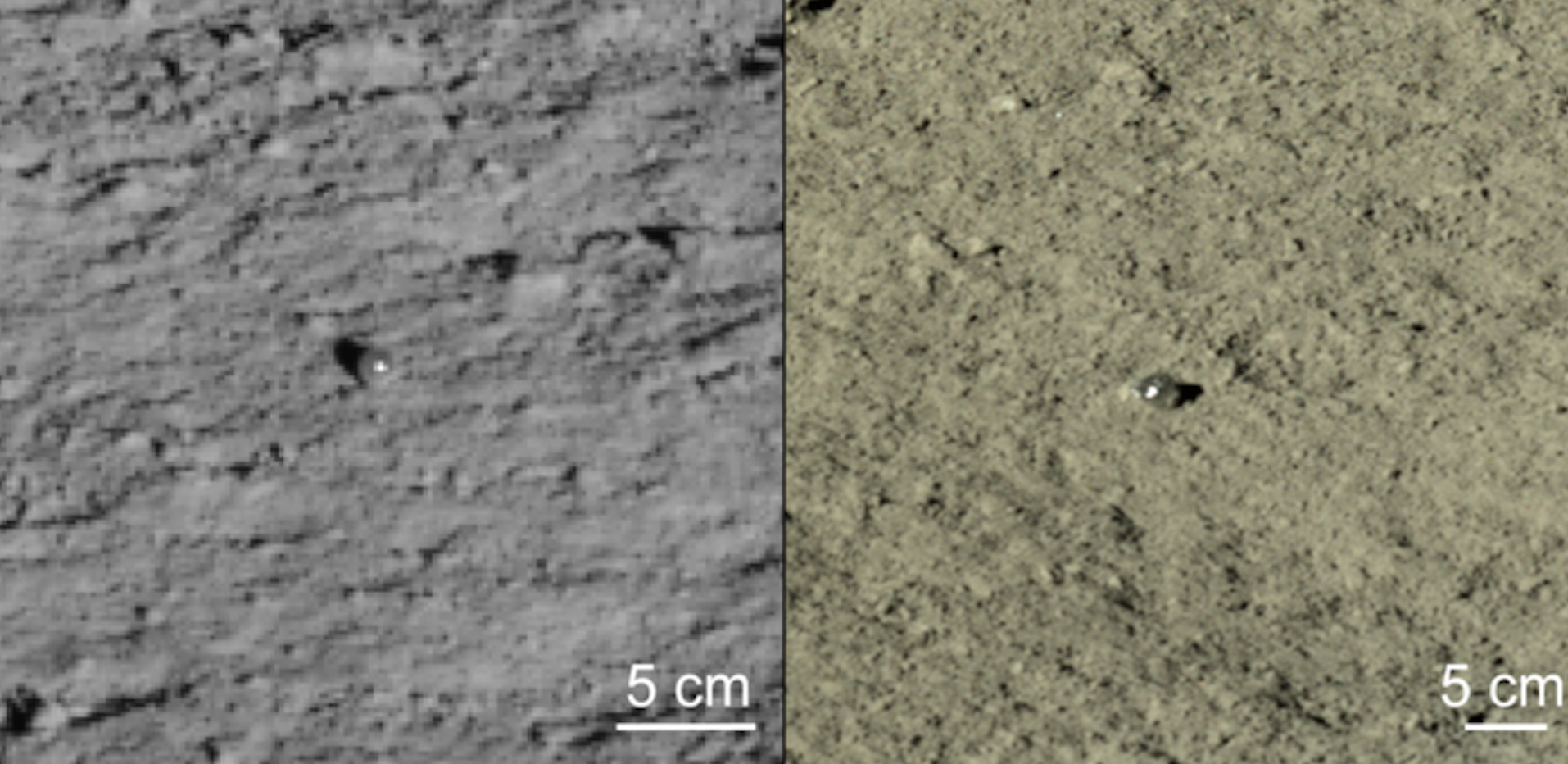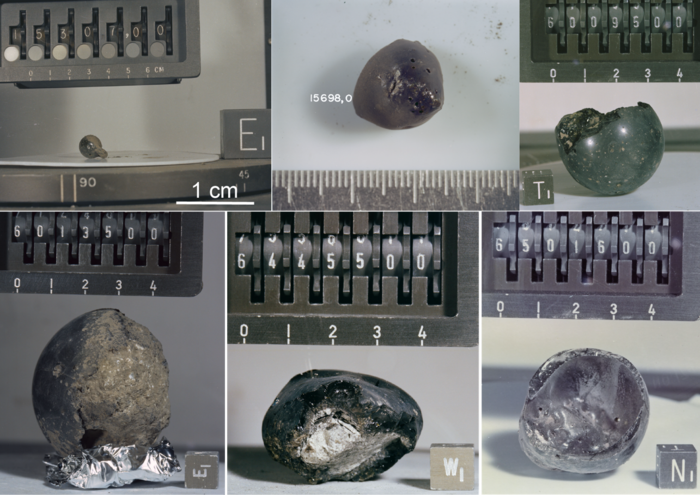New mysterious material discovered on dark side of the Moon
Globules could be promising resources to produce glasses in-situ on moon for future lunar bases, scientists say

Your support helps us to tell the story
From reproductive rights to climate change to Big Tech, The Independent is on the ground when the story is developing. Whether it's investigating the financials of Elon Musk's pro-Trump PAC or producing our latest documentary, 'The A Word', which shines a light on the American women fighting for reproductive rights, we know how important it is to parse out the facts from the messaging.
At such a critical moment in US history, we need reporters on the ground. Your donation allows us to keep sending journalists to speak to both sides of the story.
The Independent is trusted by Americans across the entire political spectrum. And unlike many other quality news outlets, we choose not to lock Americans out of our reporting and analysis with paywalls. We believe quality journalism should be available to everyone, paid for by those who can afford it.
Your support makes all the difference.China’s Yutu-2 rover has discovered several mysterious, translucent glass globules on the far side of the moon, which scientists say are unlike any mineral they had previously discovered on the lunar surface.
In a new study, published in the journal Science Bulletin, researchers examined images taken by the panorama camera onboard the rover and found many centimetre-sized spherical and dumbbell-shaped glassy globules.
“The globules simply blow our mind, since they are so unique on the moon,” Dr Zhiyong Xiao, study leader from Sun Yat-sen University in China, said in a statement.
While researchers, including Apollo astronauts, have found and assessed minerals on the moon like tektite and microtektites formed by impacts with asteroids, meteorites, and other space rocks, they said that these are mostly “dark, opaque, and clast-rich.”
They did not expect to see such translucent glass globules at the Chang’E-4 landing region, they added.

At least two such globules were initially confirmed along the less than 700m (2300 ft) route of Yutu-2 during its first 12 lunar days, and another two possible cases were waiting for confirmation due to inadequate image resolution, scientists said.
Researchers then attempted to find the origin of these globules based on their color, morphology, geometry, and possible exposure ages and by referring to the critical cooling rates of crystallisation for different kinds of known lunar rocks.
They say the globules are “well consistent” with formation from impacts, indicating the glasses formed from iron-poor base materials.
“Their existence on the moon indicate that impact events on the other planetary bodies could also form tektite-like impact glasses. Such glass globules should be commonly produced by ancient impact basins on the moon, so their compositions and isotopic ages will be highly valuable to understand the early impact history,” Dr Xiao said.
Since these minerals could be quite common on the lunar surface, scientists say they could be promising and widespread resources to produce glasses in-situ when human-bases are constructed on the moon in the future.
However, researchers said it was still unknown how much resemblance the chemistry and origin of these glass globules have with similar minerals on Earth.
“It is a bit unfortunate that when we first found these glasses, the rover has just passed by them, and no compositional data were obtained, but such globules might be pretty common at the lunar farside,” Dr Xiao added.
Join our commenting forum
Join thought-provoking conversations, follow other Independent readers and see their replies
Comments